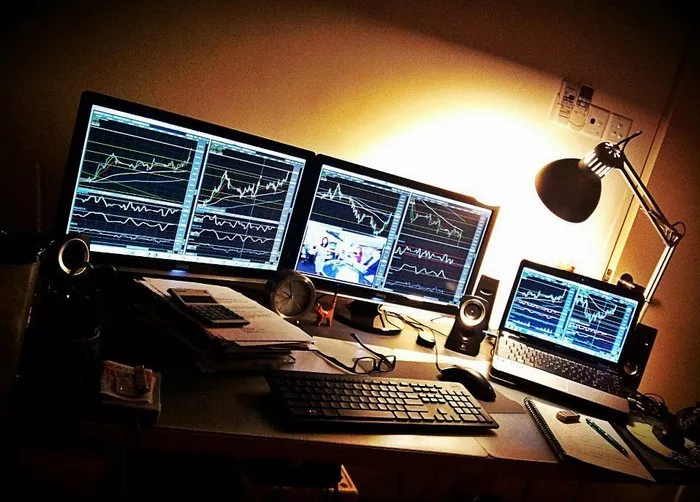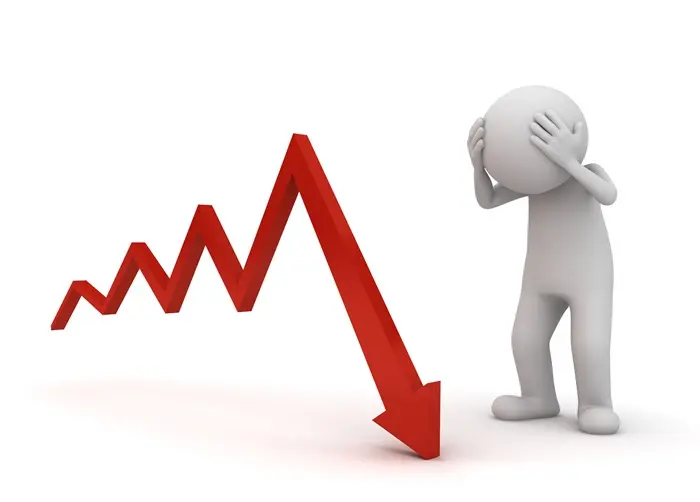Living in the Philippines can be a rewarding experience, offering a unique blend of culture, natural beauty, and affordability. Understanding the cost of living is crucial for effective budgeting and financial planning. This article will explore the various expenses associated with living in the Philippines, including housing, food, transportation, healthcare, and entertainment. We will also provide insights into how much USD you will need to sustain a comfortable lifestyle in this beautiful country.
1. Overview of Living Costs in the Philippines
The Philippines is known for its stunning beaches, rich history, and friendly locals. The cost of living can vary widely depending on the region, lifestyle, and personal preferences. Major urban areas, such as Manila and Cebu, tend to be more expensive than rural locations.
1.1 Major Cities vs. Rural Areas
Living in the capital, Manila, or other urban centers like Cebu City or Davao can be more costly compared to living in smaller towns or rural areas. However, even in major cities, the Philippines is often more affordable than many Western countries.
1.2 Currency and Exchange Rates
The currency used in the Philippines is the Philippine Peso (PHP). It is essential to monitor the exchange rate between USD and PHP when planning your budget, as this can significantly impact your living expenses.
2. Housing Costs
Housing is usually the largest expense for expatriates living in the Philippines. The type of accommodation and location will determine the rental costs.
2.1 Renting an Apartment
Metro Manila
Average Monthly Rent: In Metro Manila, a one-bedroom apartment in the city center can cost around ₱25,000 to ₱40,000 ($450 to $800). For apartments outside the city center, the price can drop to ₱15,000 to ₱25,000 ($270 to $450).
Cebu City
Average Monthly Rent: In Cebu City, you can expect to pay between ₱15,000 to ₱30,000 ($270 to $540) for a one-bedroom apartment in the city center, while outside the center, it may be around ₱10,000 to ₱20,000 ($180 to $360).
Davao City
Average Monthly Rent: Davao City generally offers lower rental prices, with a one-bedroom apartment in the city center costing around ₱10,000 to ₱20,000 ($180 to $360) and outside the center costing about ₱7,000 to ₱15,000 ($125 to $270).
2.2 Additional Housing Costs
In addition to rent, consider other housing-related costs such as:
Utilities: Monthly utility bills (electricity, water, gas, and internet) can range from ₱3,000 to ₱6,000 ($54 to $108) depending on usage.
Deposit: When renting, you usually need to pay a security deposit equivalent to one to two months’ rent.
3. Food Costs
Food expenses can vary based on whether you choose to eat out or cook at home.
3.1 Eating Out
Restaurants
Local Restaurants: A meal at a local eatery can cost between ₱50 to ₱150 ($0.90 to $2.70).
Mid-Range Restaurants: Dining at a mid-range restaurant for two may cost around ₱1,000 to ₱2,000 ($18 to $36).
Fast Food: A meal at a fast-food chain typically costs around ₱150 to ₱300 ($2.70 to $5.40).
Cafés and Street Food
- Cafés offer affordable options, with coffee and snacks ranging from ₱50 to ₱200 ($0.90 to $3.60).
- Street food is very popular, with prices around ₱20 to ₱100 ($0.36 to $1.80) for a filling snack.
3.2 Grocery Costs
If you prefer cooking at home, here’s an estimated monthly grocery budget:
Basic Groceries: Around ₱15,000 to ₱30,000 ($270 to $540) for one person, including staples like rice, vegetables, meat, and dairy products.
3.3 Summary of Food Costs
In summary, a single person’s food expenses in the Philippines can range from ₱25,000 to ₱50,000 ($450 to $900) per month, depending on eating habits and preferences.
See Also: How Much USD to Live in Japan?
4. Transportation Costs
Transportation is an essential part of living in the Philippines, especially in urban areas where public transportation is widely available.
4.1 Public Transportation
Jeepneys: The most common form of public transport, with fares ranging from ₱8 to ₱30 ($0.15 to $0.55) depending on the distance.
Buses: Bus fares usually range from ₱15 to ₱50 ($0.27 to $0.90).
MRT and LRT: In Metro Manila, the MRT and LRT systems provide efficient transport, with fares between ₱15 to ₱30 ($0.27 to $0.55).
Monthly Transportation Costs
A monthly budget for public transportation can range from ₱1,500 to ₱3,000 ($27 to $54), depending on usage.
4.2 Taxis and Ride-Sharing
While taxis are available, they can be more expensive than public transport. A short taxi ride usually costs around ₱100 to ₱300 ($1.80 to $5.40). Ride-sharing services like Grab are also popular, with similar rates.
4.3 Bicycle Use
In some cities, cycling is becoming more popular, and renting a bicycle can cost around ₱300 to ₱600 ($5.40 to $10.80) per day.
5. Entertainment and Leisure Costs
The Philippines offers a wide range of entertainment options, from local festivals to modern attractions.
5.1 Dining Out
Dining out is a common leisure activity. As previously mentioned, dining at local eateries can cost as little as ₱50 to ₱150 ($0.90 to $2.70), while mid-range dining may cost around ₱1,000 to ₱2,000 ($18 to $36) for two.
5.2 Activities and Events
Cultural Experiences: Visiting local attractions, museums, and historical sites may cost around ₱50 to ₱300 ($0.90 to $5.40).
Cinema: A movie ticket costs about ₱250 to ₱500 ($4.50 to $9).
Theme Parks: Entry to theme parks can cost approximately ₱1,000 to ₱2,500 ($18 to $45).
5.3 Summary of Entertainment Costs
You can expect to spend around ₱10,000 to ₱20,000 ($180 to $360) per month on entertainment and leisure activities, depending on your preferences.
6. Healthcare Costs
Healthcare in the Philippines is of good quality, and it is crucial to plan for health insurance and medical expenses.
6.1 Health Insurance
Having health insurance is essential. The cost varies based on the plan but can range from ₱2,000 to ₱10,000 ($36 to $180) per month.
6.2 Medical Expenses
With health insurance, a standard doctor’s visit may only cost around ₱500 to ₱1,500 ($9 to $27). Without insurance, the costs can be significantly higher.
7. Miscellaneous Costs
In addition to the main categories discussed, consider other expenses that can add up.
7.1 Mobile Phone and Internet
- A mobile phone plan typically costs around ₱1,000 to ₱2,000 ($18 to $36) per month.
- Home internet can range from ₱1,500 to ₱3,000 ($27 to $54) per month.
7.2 Clothing and Personal Care
- Clothing costs can vary, but budgeting around ₱5,000 to ₱10,000 ($90 to $180) per month for clothing and personal care items is reasonable.
7.3 Summary of Miscellaneous Costs
In total, you might budget around ₱10,000 to ₱20,000 ($180 to $360) per month for miscellaneous expenses.
8. Conclusion
Living in the Philippines can be an enjoyable and affordable experience, especially when you plan your budget wisely. The total cost of living will depend on your choices and lifestyle. By understanding the various expenses involved, you can make informed decisions and enjoy all that this beautiful country has to offer.
In conclusion, a comfortable lifestyle in the Philippines can generally be sustained with a monthly budget of around $1,500 to $2,500, depending on individual preferences and lifestyle choices. Always remember to keep an eye on exchange rates and plan your finances accordingly to make the most of your experience living in this vibrant country.
Related topics:






























